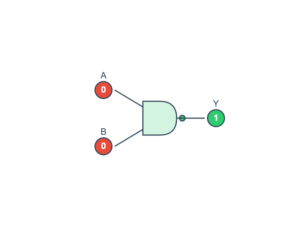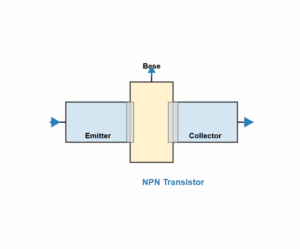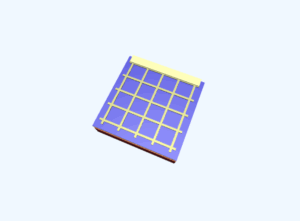Physics: Venturi Meter
Test your understanding of fluid dynamics and the Venturi effect
1. The flow of blood in a large artery of an anesthetized dog is diverted through a Venturi meter. The wider part of the meter has a cross-sectional area equal to that of the artery (A = 8 mm²). The narrower part has an area a = 4 mm². The pressure drop in the artery is 24 Pa. What is the speed of the blood in the artery? (Density of blood = 1.06 × 10³ kg/m³)
Remember the continuity equation (A₁v₁ = A₂v₂) and Bernoulli's equation. The Venturi meter relates the pressure difference to the velocity using these principles.
The formula for velocity in the wider section is: v₁ = √[2ΔP / (ρ((A/a)² - 1))]
Explanation
Correct Answer: C (0.125 m/s)
This problem uses the Venturi effect principle, which is derived from Bernoulli's equation and the continuity equation.
Step-by-step solution:
- Given:
- Wider area (A) = 8 mm²
- Narrower area (a) = 4 mm²
- Area ratio (A/a) = 2
- Pressure drop (ΔP) = 24 Pa
- Blood density (ρ) = 1.06 × 10³ kg/m³
- Using the Venturi meter formula: v₁ = √[2ΔP / (ρ((A/a)² - 1))]
- Plugging in the values: v₁ = √[2×24 / (1060×(2² - 1))] = √[48 / (1060×3)] = √(48/3180) ≈ 0.125 m/s
Why other options are incorrect:
- A (0.062 m/s): This would be correct if the area ratio was 4 instead of 2.
- B (0.250 m/s): This is double the correct answer, possibly from miscalculating the denominator.
- D (0.500 m/s): This is four times the correct answer, suggesting a complete omission of the denominator in the calculation.
Key Concept: The Venturi meter measures fluid velocity by creating a constriction that causes a pressure difference, which can be related to velocity using Bernoulli's principle and the continuity equation.
Score: 0/1



